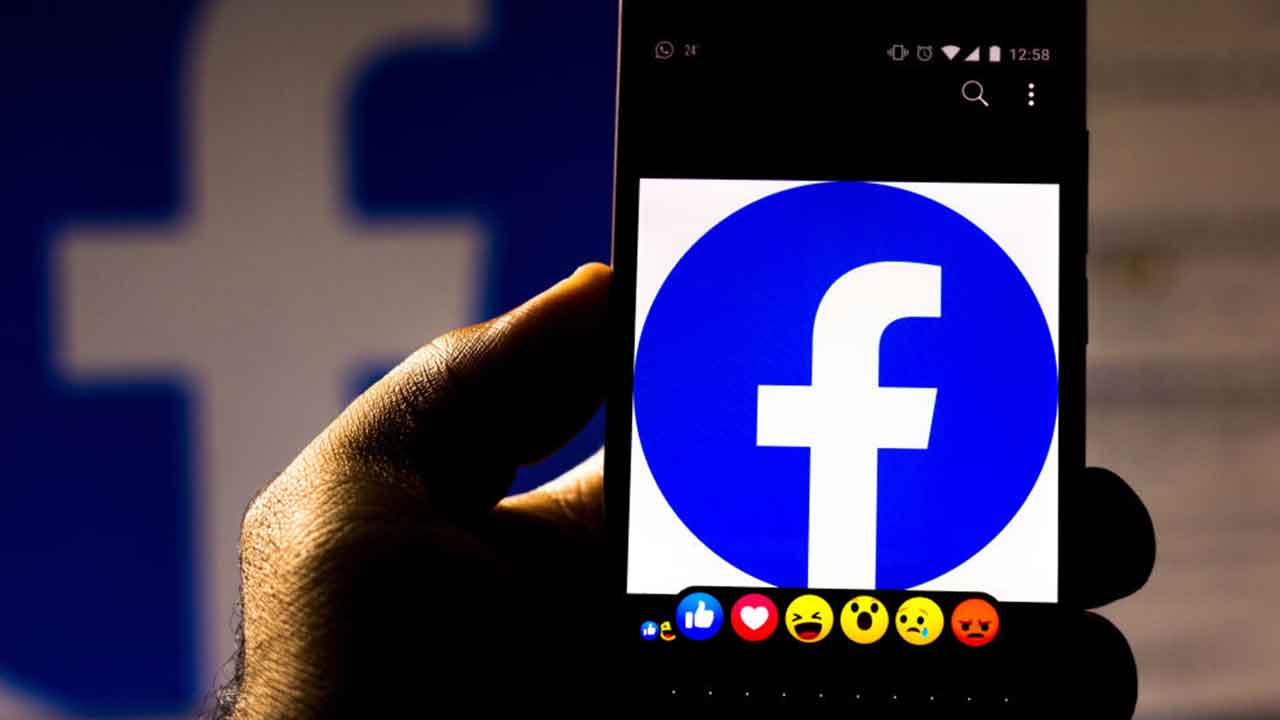You won’t believe how Facebook clickbaits you…! (will BLOW your mind!)

You’re smart. You’re discerning. You consider yourself to be the kind of person who doesn’t get swept up in ridiculous things online.
So, why did you do that quiz to learn which Spongebob character represents your personality? And why did you click on that “then and now” article about the actors from Family Ties? Let’s not even get into all the articles about “performance” and “growth”…
Let’s face it, clickbait gets us all.
But how does it work? And when does it work best?
German researchers have published their analysis of thousands of Facebook posts in the PLOS ONE journal. Their findings explore the impact of clickbait and “digital nudging” in news headlines.
“Clickbait to make people click on a linked article is commonly used on social media,” they write. “We analyse the impact of clickbait on user interaction on Facebook in the form of liking, sharing and commenting. For this, we use a dataset of more than 4,000 Facebook posts from 10 different news sources to analyse how clickbait in post headlines and in post text influences user engagement. While clickbait is commonly used, digital nudging is still on the rise and shares similarities with clickbait – yet being essentially different in its nature. The study discusses this common ground.”
Collecting posts from seven consecutive days in late 2017 from 10 US and UK news outlets’ Facebook pages, the team included sources often considered “reputable” and “tabloid”.
The authors sought to understand how specific clickbait tendencies in both headlines and texts for Facebook news posts influence user engagement. To do this, they analysed shares, comments and reactions. The researchers could not, however, analyse post clicks as the information was not available for their dataset.
So, what works and what doesn’t?
Punctuation considered “unusual” – such as an exclamation mark following ellipses (…!) – in headlines saw up to 2.5 times more reactions, shares and comments. It saw a decrease in shares when included in the post text, however.
Despite this verdict on punctuation, headlines or post text with questions saw no increase in interactions.
Shock, horror! Long words in the headline led to reduced post interaction. Utterly unconscionable. But longer words in the post text did see more engagement.
Doubling the number of words in a headline led to 23.7% fewer comments, but no difference in reactions or shares. The opposite was seen for posts with twice as much text with all engagement increasing.
Interestingly, the study found common clickbait phrases like “this will blow your mind” led to about a quarter fewer reactions, shares and comments.
Negative wording in post texts (“You won’t believe…”) can increase comments, but positive tone in headlines increases comments.
So, when you next find yourself clicking through a 50-page gallery to see a blurry image of a disappointingly short python under the headline “THE WORLD’S LARGEST SNAKE IS BIGGER THAN YOU COULD EVER IMAGINE”, you’ll know why.
This article was originally published on Cosmos Magazine and was written by Evrim Yazgin. Evrim Yazgin has a Bachelor of Science majoring in mathematical physics and a Master of Science in physics, both from the University of Melbourne.
Image: Getty Images
